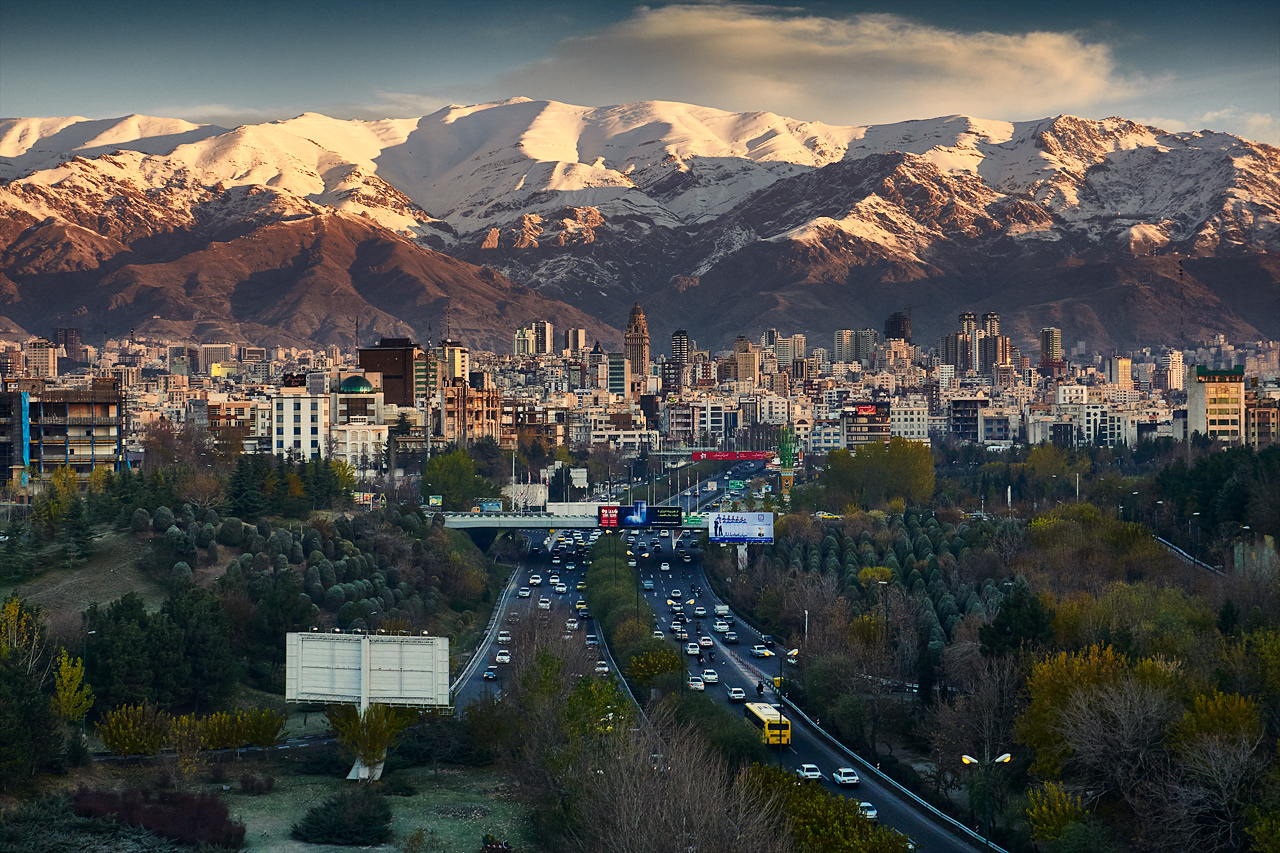Tehran mayor’s fiscal 2018-19 budget bill is an exception to the last 10 years’ prevailing trend.
The city’s proposed 175-trillion-rial ($3.88-billion) budget for the next year is 2.2% smaller than the current one. This comes as headline inflation in Iran has increased by nearly 10% this year, allowing Mohammad Ali Najafi to ask for a bigger budget on reasonable grounds.
Yet, the newly-appointed mayor and his budgetary team have decided to roll back expenses in view of the capital city’s limited resources amid the recession-ravaged housing sector.
The proposed budget bill needs the approval of members of the City Council before it is implemented and enforced as law
Najafi took office as Tehran’s mayor in August to replace Mohammad Baqer Qalibaf.
Tehran Municipality has predicted revenues to reach 77.51 trillion rials ($1.72 billion) from construction tax and duties next year (unsustainable revenues), 8.5% less than the budgetary figure for the current year (March 2017-18), the Persian economic daily Donya-e-Eqtesad reported.
Borrowing resources of the municipality will also reduce to 19 trillion rials ($422.22 million) next year from the current year’s 23.92 trillion rials ($531.55 million), registering a decline of 20.6%.
The municipality’s sustainable revenues, including those from value added tax and renovation duties, have increased by 27.9% in the new budget to reach 49.9 trillion rials ($1.1 billion), constituting 28.5% of the overall budget from 22%.
The municipality has also drastically reduced the budgetary allocation for large-scale projects that more often undermine the quality of life for citizens rather than improving it.
Tehran’s capital expenditure budget has reduced by 21% to hit 68.74 trillion rials ($1.52 billion) next year.
The municipality will buy 29 trillion rials ($644.4 million) of its own debts as per the next year’s budget bill, indicating a 53% rise compared to the current year’s budget. The move suggests that it is seeking to ease its financial burden next year.
Next year’s contractionary budget won’t threaten the municipality’s current spending, as they have increased by 9.9% to reach 77.17 trillion rials ($1.71 billion).
Mountain of Debts
Najafi said back in September that the municipality owes over 300 trillion rials ($6.5 billion), mostly to banks and contractors.
“The outstanding debts are 1.7 times more than the municipality’s total budget for the current fiscal year (March 2017-18). Out of 90 trillion rials ($1.96 billion) projected for the TM budget in the first half of the current fiscal year (March 21-Sept. 22, 2017), only 67 trillion rials ($1.4 billion) or 72% have been allocated,” he said.
The mayor added that to complete Tehran’s infrastructural projects, TM needs 225 trillion rials ($4.9 billion), which are more than the city’s annual budget and y manifold bigger than the budget allocated to development projects.
Noting that Tehran needs to tap into private sector potential and foreign investments, Najafi said, “Some 72% of the projects in Tehran need further funding even after they are completed. The municipality’s local resources are unlikely to be adequate to complete these projects. Therefore, we are thinking of establishing a city development fund.”
Plan to Diversify Revenue Sources
According to Najafi’s deputy for planning and urban development, Hojjatollah Mirzaei, Tehran Municipality is looking to broaden its revenue sources.
He said Tehran’s budget management will not surrender to “financial slackness” next year (starting March 2018) by relying on unsustainable revenues, such as construction taxes and duties—the simplest way to raise money but will rely on five new financial resources.
“These new resources include taxes on municipal services and facilities, state funding, foreign investment and finance deals, value added tax and private sector investment in economically feasible projects,” he said.
Referring to the consequences of overreliance on construction revenues, the municipal official said Tehran’s current fiscal budget took a body blow with the financial meltdown in the housing sector.
“Such revenues accounted for as much as 80% of the budget. In fact, the greater share of the city’s budget comes from taxes and duties paid by 200,000 people active in the construction sector,” he said.
Mirzaei noted that the municipality aims to employ common approaches to generate revenues–such as property taxes–and to halt the dependency of the city’s budget on unsustainable resources.
“Tehran Municipality will only finance projects that reduce traffic, environmental pollution and social inequality, facilitate water supply and help make Tehran a smart city. Projects that worsen traffic like building new highways won’t receive a budgetary allocation next year,” he said.
“The city will continue to fund development projects that have made over 50% physical progress and their completion would help reduce traffic and environmental pollution.”
Precarious Finances
Back in October, the municipality released the balance sheet for the first six months of the current year, based on which 79% of the municipality’s revenues have unsustainable sources.
According to the report, revenues realized in H1 met 72% of the projected budget for the period.
As for expenditures in the same period, the figure exceeded revenues by about $75 million. As 28% of the revenues were not realized, revenues covered 80% of the expenditures.
Thanks to a few positive price moves in the long-dormant housing market in the first half of the year, 95% of the projected revenues from the sale of real estate were realized.


